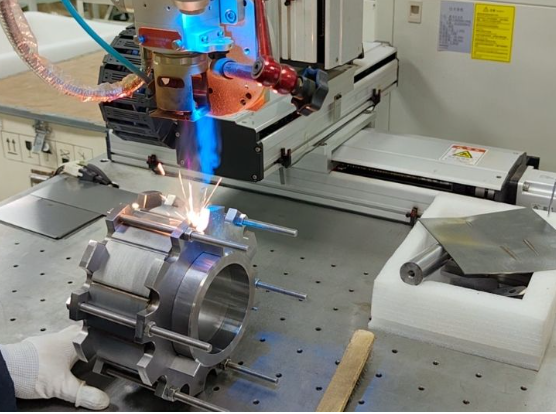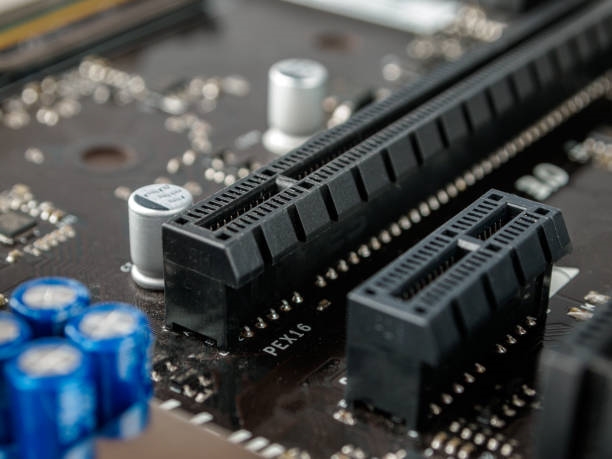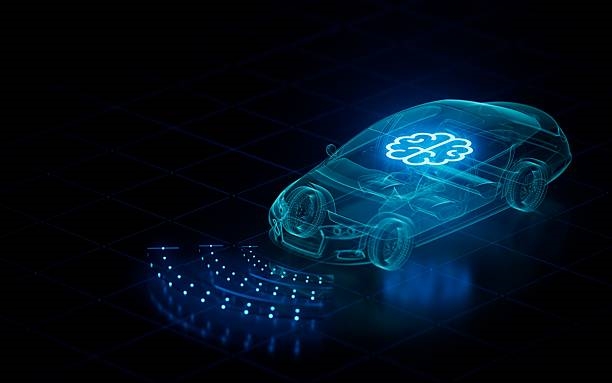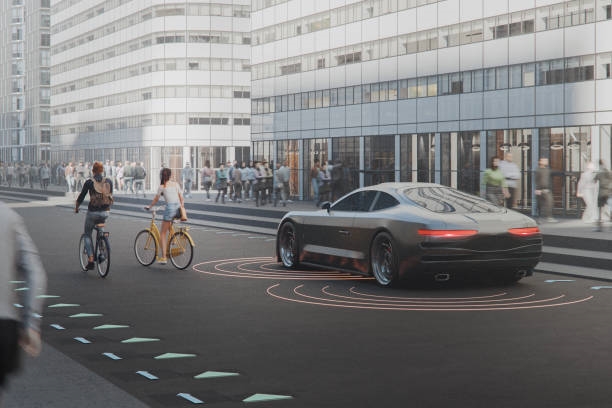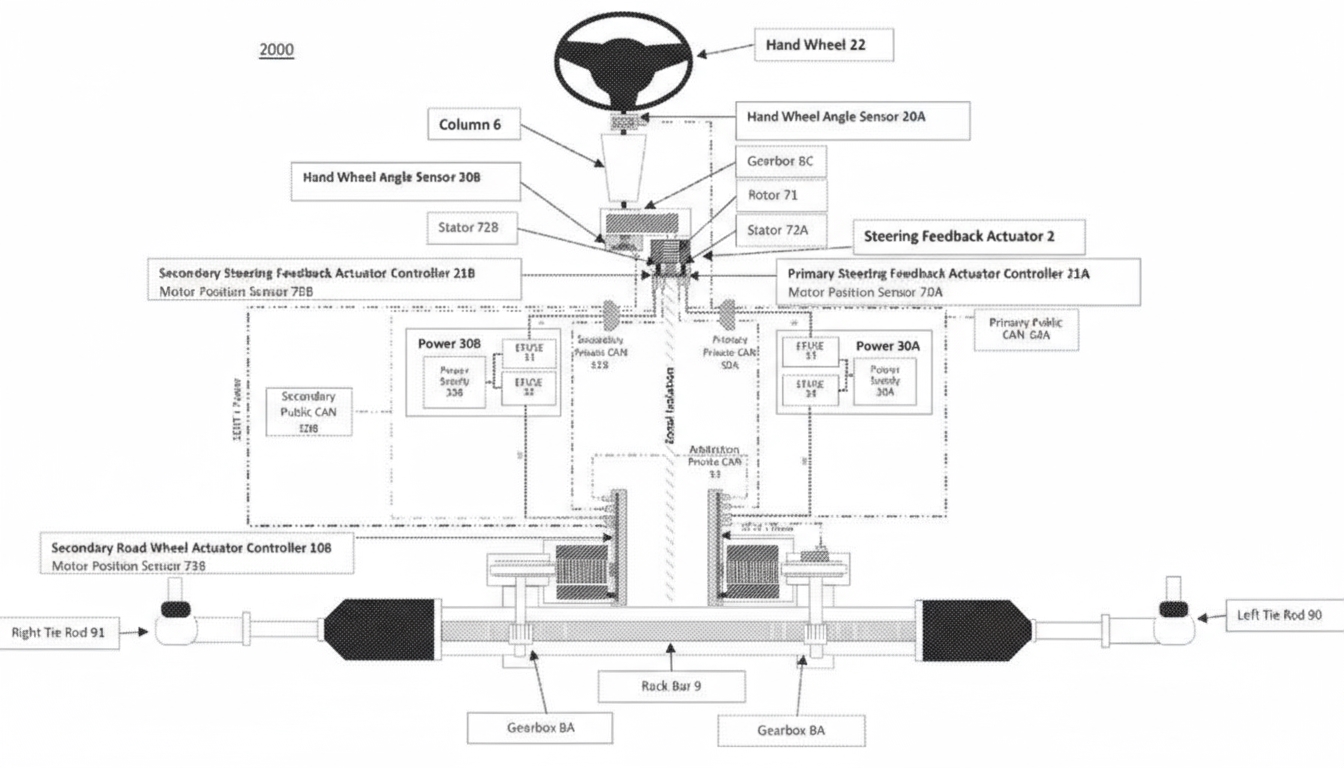Overview
Since the 1950s, the automotive industry has used 12V electrical systems. Even hybrid and battery electric vehicles with high-voltage traction batteries have continued to rely on a 12V battery to power accessories such as window regulators, seat motors, and headlights. Several vehicles have adopted 48V "mild hybrid" systems, and Tesla is the first automaker to apply a 48V battery architecture in a battery electric vehicle with the Cybertruck. Tesla's move has attracted attention, but its technical significance should be assessed cautiously.
Why higher voltage matters
Historically, the 12V system has persisted because of its long-term stability and widespread use. Raising system voltage is a technically sensible strategy based on Ohm's law. With resistance constant, increasing voltage reduces current (V = IR). Lower current allows use of thinner wiring for the same transmitted power, which can reduce vehicle weight and potentially lower manufacturing cost while improving system efficiency.
Higher currents increase heat losses. Under high power demands, a 12V system is less efficient and components often require larger heatsinks to manage generated heat. These constraints limit the suitability of 12V systems for high-performance, high-efficiency vehicle electrical systems.
Historical context
In the 1950s, manufacturers moved from 6V to 12V to support increasing electrical loads, including high-compression engine ignition systems. Since then, despite growth in number and complexity of electrical components, the industry largely retained the 12V standard. Advances in vehicle electrification later exposed limitations of 12V systems and motivated exploration of higher-voltage architectures.
By the 1990s and early 2000s, the industry began exploring higher voltage standards. A 1999 SAE paper by Ford engineers on 36V systems noted that meeting new electrical functions with power demands of hundreds of watts required higher-voltage supplies to be practical in terms of efficiency, wiring cost, packaging, and semiconductor control.
Practical considerations for 48V systems
Despite technical motivations, the industry has been slow to switch standards because manufacturers found other ways to improve efficiency without adopting higher voltages. When vehicle electrical loads increased again in the late 2000s—driven by features such as heated seats, heated steering wheels, and adaptive dampers—manufacturers looked to electrify more engine-driven components to reduce parasitic losses. These trends increased demand on vehicle power systems and encouraged consideration of 48V solutions.
Adopting a 48V system typically still requires DC-DC converters to provide 12V and 5V rails for existing equipment. In some use cases—such as integrated starter generators or active anti-roll systems—48V is beneficial. For low-power components, there is often limited justification to redesign systems solely for 48V. Physical routing constraints also matter: 48V systems need more robust connectors and shielding to lower arcing risk. The 48V level is effectively the upper limit for a system that does not require stricter high-voltage safety measures. Automakers must therefore balance electrical performance, cost, and safety when considering higher voltages.
What is known about Cybertruck's implementation
Because Tesla disbanded its PR team years ago, direct confirmation is limited, making it difficult to know exactly which Cybertruck components run at 48V. In an interview, Tesla head of low-voltage electronics Pete Bannon indicated that the Cybertruck's audio amplifier operates at 24V. He also noted that if the 48V battery is depleted, the vehicle can use the 12V battery to start certain systems to maintain basic functions. This suggests Tesla integrates multiple voltage domains to meet varied vehicle requirements.
Tesla claims weight reduction in the wiring harness and fewer wires routed through the vehicle, which is also enabled by the new Etherloop data system.
Steer-by-wire and supplier evidence
The Cybertruck's 48V architecture notably integrates steer-by-wire (SBW) technology, an uncommon application in mass-production vehicles, especially without a traditional mechanical steering column. While Infiniti offered SBW in the Q50 with a mechanical backup, analyst Sam Abuelsamid suggests Tesla likely omitted a similar fallback because the selected supplier had developed mature SBW solutions for 48V vehicle systems. In Tesla's public Cybertruck component videos, ZF branding is visible on the steering rack, indicating Tesla may be using ZF-designed and -manufactured components. Those components are adaptable to both electric and internal combustion vehicles.
Is 48V meaningful for BEVs?
Sam Abuelsamid questions the value of 48V for battery electric vehicles. When internal combustion vehicles move from 12V to 48V, available electrical power increases significantly, from roughly 2–2.5 kW to about 10–12 kW. For battery electric vehicles, this is less important because traction systems already operate at 400V or higher and the propulsion power is typically 100 kW or more even in entry-level BEVs. From a propulsion standpoint, 48V offers no major advantage for EVs, and the motivations differ compared to internal combustion vehicles.
Assessment
Tesla's use of a 48V system in the Cybertruck does not appear to be a wholesale industry disruption. The architecture may be important for enabling steer-by-wire in a production vehicle, but compared with other automakers that have adopted 48V components, Tesla's approach does not show a clear technical advantage specific to electric vehicles. Whether the Cybertruck's design represents a meaningful step forward or a solution that complicates vehicle architecture without proportional benefits remains to be seen.
 ALLPCB
ALLPCB


